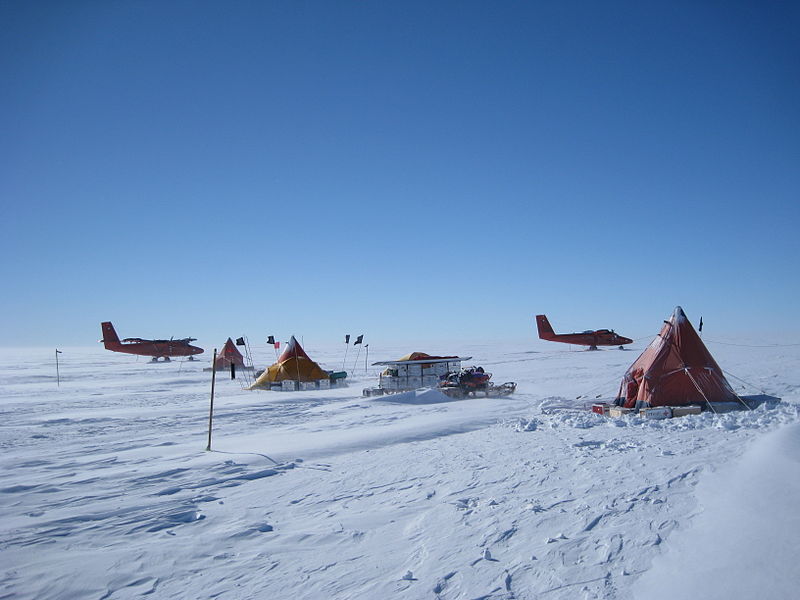As scientists try to establish a realistic prediction for how much sea levels can be expected to rise globally, a new set of results yielded from a new study in Antarctica have revealed how the continent’s longest glacier is being melted by the warm ocean flowing beneath it, at a rapid rate.
The Pine Island Glacier – measuring an impressive 31 miles long – has always been of great interest and eager scientists are finally able to monitor its behaviour more closely after the first successful research trip to the treacherous ice sheet.
Although it has been known since the end of the 1980s that the ice shelf is melting from beneath, its remote and tricky location had made it an impenetrable site. “In my 35 years doing fairly large oceanographic projects, the Pine Island Glacier one tops it in terms of its complexity and challenge,” said Professor Tim Stanton, the leader of the research team.
“But it’s clear that it’s very important to understand how these massive ice shelves are influenced by changes in the ocean. These observations will provide the basis for improving global climate models.”
An expedition in 2007 saw the first successful attempt to land on the Antarctic’s fastest flowing glacier, after determined efforts by the team to navigate the wind-whipped area. However, the trip ended in disappointment when logistical problems forced them to abandon their efforts for the much-needed research.
This was followed by a further attempt in 2011, which was thwarted by bad weather conditions. The team reached their location too late in the season and were left unable to carry out their investigations.
Finally in the December of 2012, the team of international scientists – including NASA and the British Antarctic Survey- finally embarked upon a fully-successful trip, installing the necessary instruments to generate the much longed-for results.
This trip was again repeated in January of 2013 and these long-anticipated expeditions created three new research camps which were set up in the centre of the glacier. Now finally, scientists have been able to establish specific measurements relating to its deterioration.
Drilling down into at least 450m of ice, using hot-water drills, the team installed a set of instruments below the shell. They were able to generate readings relating to both the speed and temperature of the water flowing beneath – measurements which previous satellite readings and airborne data had been unable to offer accurate results for.
The full paper, published in Science, describes the team’s studies and reveals just how severe the melting is. At some places, the rate is as high as 6 centimetres (2.36 inches) per day- equating to approximately 22 metres (72 feet) per year.
“What we have brought to the table are detailed measurements of melt rates that will allow simple physical models of the melting processes to be plugged into computer models of the coupled ocean/glacier system,” Stanton explained.
“These improved models are critical to our ability to predict future changes in the ice shelf, and glacier melt rates of the potentially unstable Western Antarctic Ice Sheet in response to changing ocean forces.”
